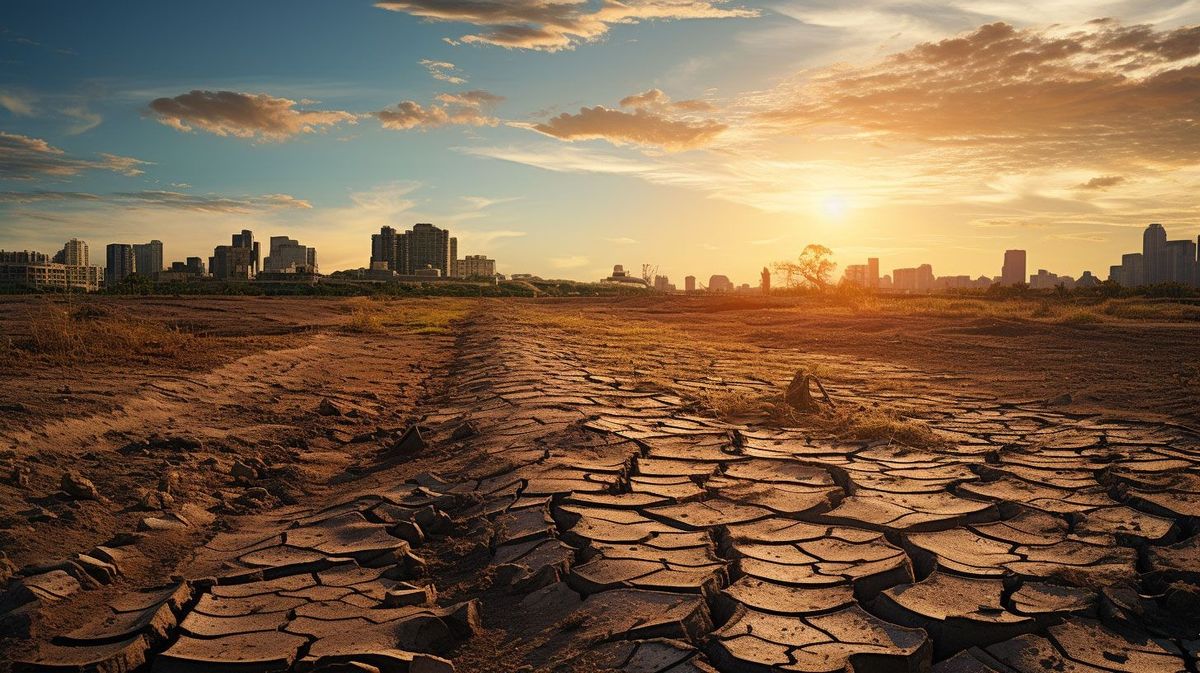The Unseen Security Threats Of El Niño Events: Unpacking The Geopolitical, Economic, And Environmental Ramifications

Introduction
Have you ever pondered how a climate anomaly could unleash ripple effects across the geopolitical, economic, and environmental fabric of our world? The forecast itself mostly piques the interests of meteorologists, oceanographers, fishers, and the global network of food commodity traders and crop insurers whose fortunes live and die in the technical arcana of the weather report. However, as someone deeply vested in the intricacies of global security architecture and environmental science, I urge you to consider the lesser-known ramifications of El Niño events.
The ‘Dice-Loading’ Mechanism of El Niño on Conflicts
War, famine, and disaster aren’t caused by climate events like El Niño overnight. Rather, they subtly “load the dice,” elevating the likelihood of conflict over time. Analyzing thousands of conflict events reveals a startling pattern: climate anomalies serve as catalysts that exacerbate existing tensions.
While El Niño may not directly induce a rebel leader to revolt, it does constrain resources, like water and food, thereby straining societal structures. It introduces a multiplier effect, augmenting the probabilities of conflict over territorial, ethnic, or economic issues.
Lessons from the Sahara
A colleague of mine once undertook a field assignment in the Sahel region of Africa, a part of the world where climate anomalies have intensified existing vulnerabilities. Conversations with local community leaders highlighted how droughts—often amplified by El Niño—have led to resource scarcity, driving nomadic herders and sedentary farmers into vicious competition for limited resources. This microcosm offers a preview of the geopolitical tinderbox that climate-induced resource scarcity can create globally.
Maritime Tensions in the East and South China Seas
Unbeknownst to many, El Niño also puts the world’s most sensitive fishing grounds under stress, including those in the East and South China Seas. These waters are not only rich fishing areas but also regions plagued by historical maritime disputes among major fishing nations like China, Indonesia, Japan, the Philippines, and Taiwan.
Could a Taiwan invasion be triggered by a fisheries dispute? Highly unlikely. However, tensions around these rich fishing zones set the stage for militarized conflict between rival coast guards and navies. Third-party actions, such as fishing vessels crossing disputed boundaries, can escalate these tensions dangerously.

The Economic Underbelly: Food and Fisheries
Economic models show that El Niño events can drain billions of dollars from global GDP. The culprits? Droughts, floods, and subsequent food scarcity. A case in point is the 2015-2016 El Niño event, which resulted in approximately $4 billion in economic losses across the East African region alone. Yet, these figures, staggering as they are, only represent the tip of the iceberg.
These are not mere abstract numbers but tangible realities that manifest in human lives. Food scarcity, for example, doesn’t just mean high food prices but an exacerbation of social and economic inequities. If you’ve been listening closely to my colleagues, you’d remember a critical lesson: “Economic strain rarely occurs in a vacuum. It’s almost always a precursor or catalyst to other forms of social tension.” These social tensions can easily evolve into climate-induced security threats.
Coping Mechanisms: The Need for International Collaboration
What should countries do, especially those most susceptible to ENSO-induced climate variations? It’s imperative that these nations, primarily developing and middle-income, ramp up disaster preparedness and relief measures, and fortify their security forces.
Creditor countries, including China and members of the Organization for Economic Cooperation and Development (OECD), must address the large debt overhangs that many nations have incurred due to the COVID-19 pandemic. Case in point: Ghana’s recent $3 billion loan from the International Monetary Fund (IMF) demonstrates how creditors can collectively tackle these challenges.
For the United States, they highlight the need to adopt a more comprehensive strategy for defining national security threats and government responses to them. The Biden administration has taken steps in the right direction, but more remains to be done to mainstream climate security.
Conclusions and Recommendations
The multidimensional repercussions of El Niño events necessitate an interdisciplinary, global approach to climate-induced security threats. While some economists have questioned the astounding size of these estimates, even losses in parts of Africa and countries where the historic relationship between El Niños and GDP growth is strongest could still wind up being in the hundreds of billions of dollars.
Climate events like El Niño deserve a seat at the table in national security discussions. Countries should ramp up their climate resilience measures and work collaboratively to mitigate both the immediate and long-term impacts of these events.
What are your thoughts?




